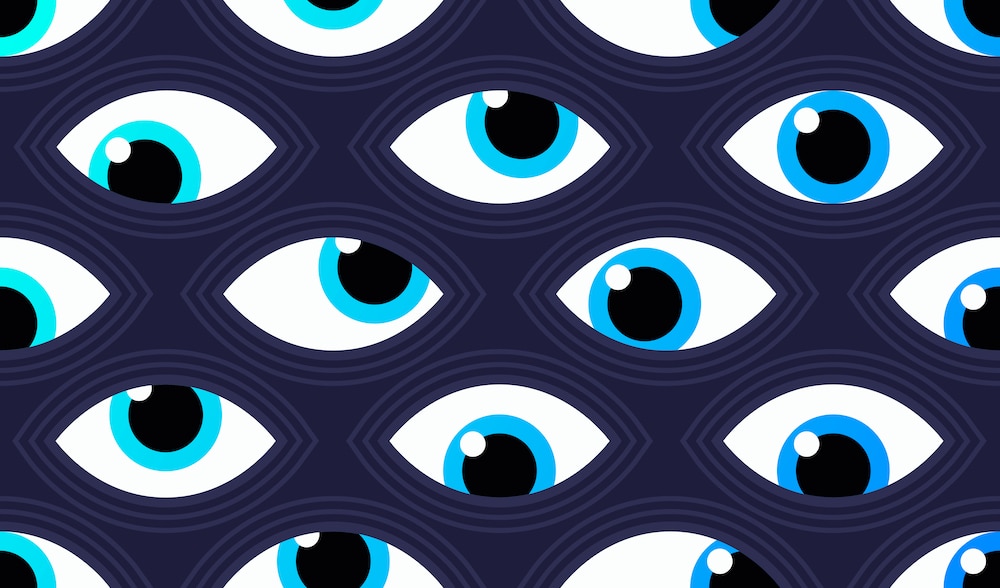Create a free profile to get unlimited access to exclusive videos, sweepstakes, and more!
Scientists confirm rapid eye movements happen because we’re looking at our dreams
If only we knew what dreamers were looking at.

The realm of dreams has been the subject of interest and speculation since before recorded history. We have crafted all manner of stories and explanations in an effort to understand what happens inside the private narratives we craft while we sleep. It’s no wonder that stories as far-ranging as Little Nemo, Sandman, and Dreamscape have emerged from the unique but universal experience of dreaming.
For some, dreaming can result in complex and sometimes startling behaviors including speaking and sleepwalking, but for most, dreams happen in a private theater behind a locked door. Our bodies mostly cease moving and the only indication we’re experiencing anything at all is the flittering motion of our eyes.
While rapid eye movements have long been a hallmark of the dream portion of sleep, there has been some controversy over whether they correspond to experiences in our dreams or are just the rapid movements of a half-conscious mind. Now, new research may have answered that question once and for all. Yuta Senzai and Massimo Scanziani from the Department of Physiology at the university of California, San Francisco concocted an experiment which allowed them to correlate the rapid eye movements of dreaming mice with brain activity typically experienced when changing the direction of their gaze. Their findings were published in the journal Science.
“We put miniature cameras in front of each eye and recorded eye position during sleep. Mice often sleep with their eyes open, so it makes it possible for us to detect eye movements very precisely with a camera,” Senzai told SYFY WIRE.
To date, there have been two conflicting explanations of rapid eye movements. While one hypothesis suggests they correspond with our experiences while sleeping, moving one way or another as we shift our gaze in a dream, another suggests they are random movements and may serve as a way to keep the eye lubricated. The trouble was there was no good way to test one hypothesis or another. Previous studies relied on waking study participants during REM sleep and asking them to describe their dreams, hoping to correlate them with the eye movements which had been observed. Of course, that relies on the self-reporting of individuals just coming out of a sleep state. That strategy, while understandable, was rife with the potential for error. This new study sought to solve that problem by looking directly to the brain.
In addition to tracking eye movements during sleep, researchers also monitored the brain activity in mice, looking specifically at a group of neurons called head direction cells. When mice are awake, those neurons light up whenever a mouse changes the direction of its head and thus, its gaze. By looking at the activity while mice were awake, they were able to decode the neuronal activity which corresponds with looking in a particular direction.
“We tested and, strikingly, we discovered that rapid eye movement direction matches precisely with the direction of the changes in this decoded head direction,” Senzai said.
The study offers solid evidence that, at least in mice, the direction of rapid eye movements is likely related to dream experiences. As a mouse looks one way or another in their dreams, their eyes and their brain activity reveal those motions. It also offers scientists a glimpse into the contents of a dream, even if what we’re seeing lacks detail.
“Instead of asking, we’re looking directly into what’s going on in the brain through the spiking activity of the neurons to decode at least part of a representation of a dream,” Senzai said.
Of course, we are not mice, but it stands to reason there’s something similar going on in our own minds and bodies. It also suggests that the activity of neurons while we’re awake can be used to decode the details of our dreams. Taking this research to its ultimate extreme could mean that someday, probably in the distant future, we might be able to read out one another’s dreams and play them back like a movie using only the activity of the brain during sleep. Senzai also discussed the possibility that scientists might be able to change the contents of a dream by manipulating the brain activity of a mouse and, potentially, a person.
The prospect of viewing or manipulating our unconscious experiences might be a distant dream, but it’s something worth looking toward.


























